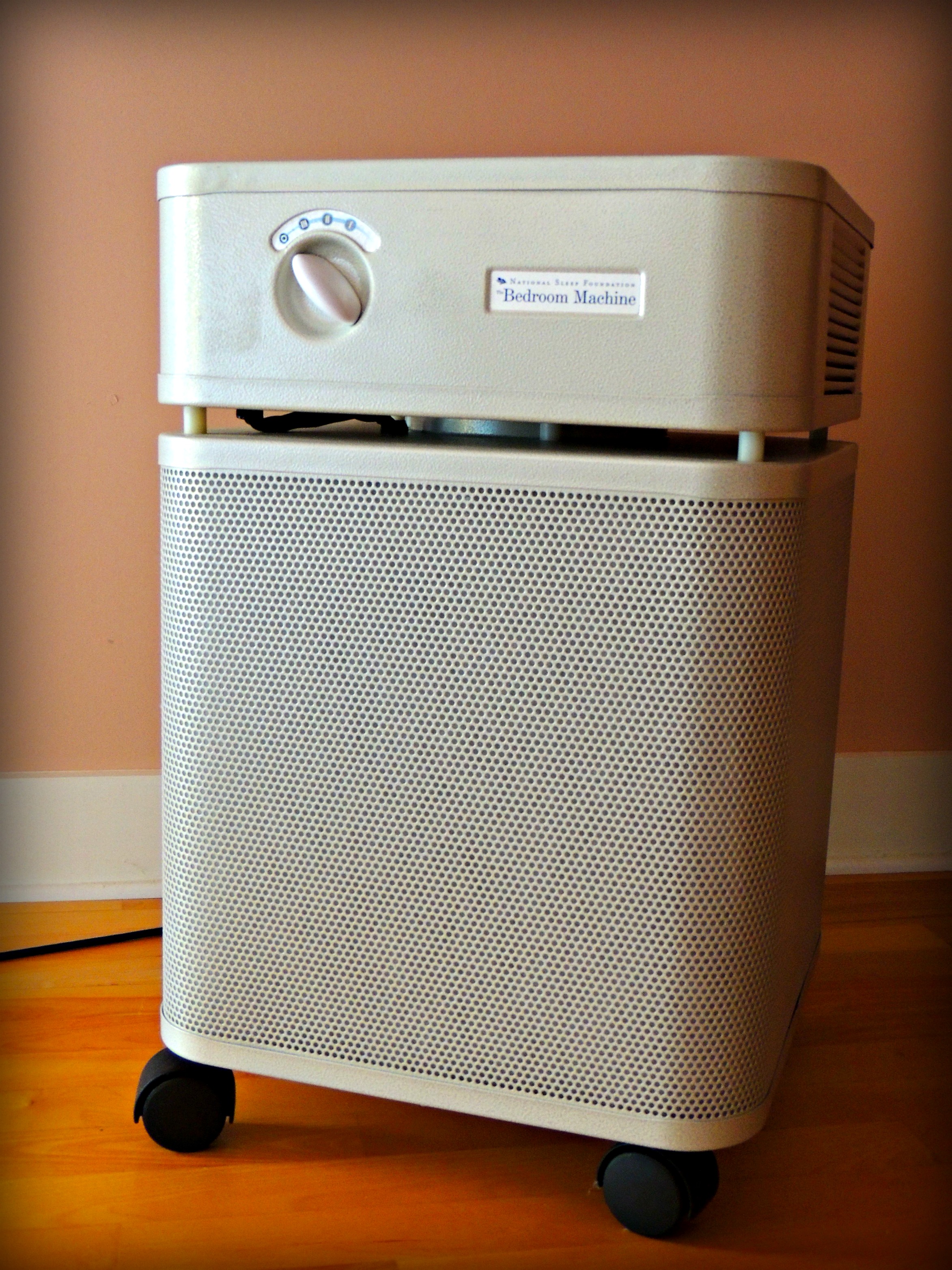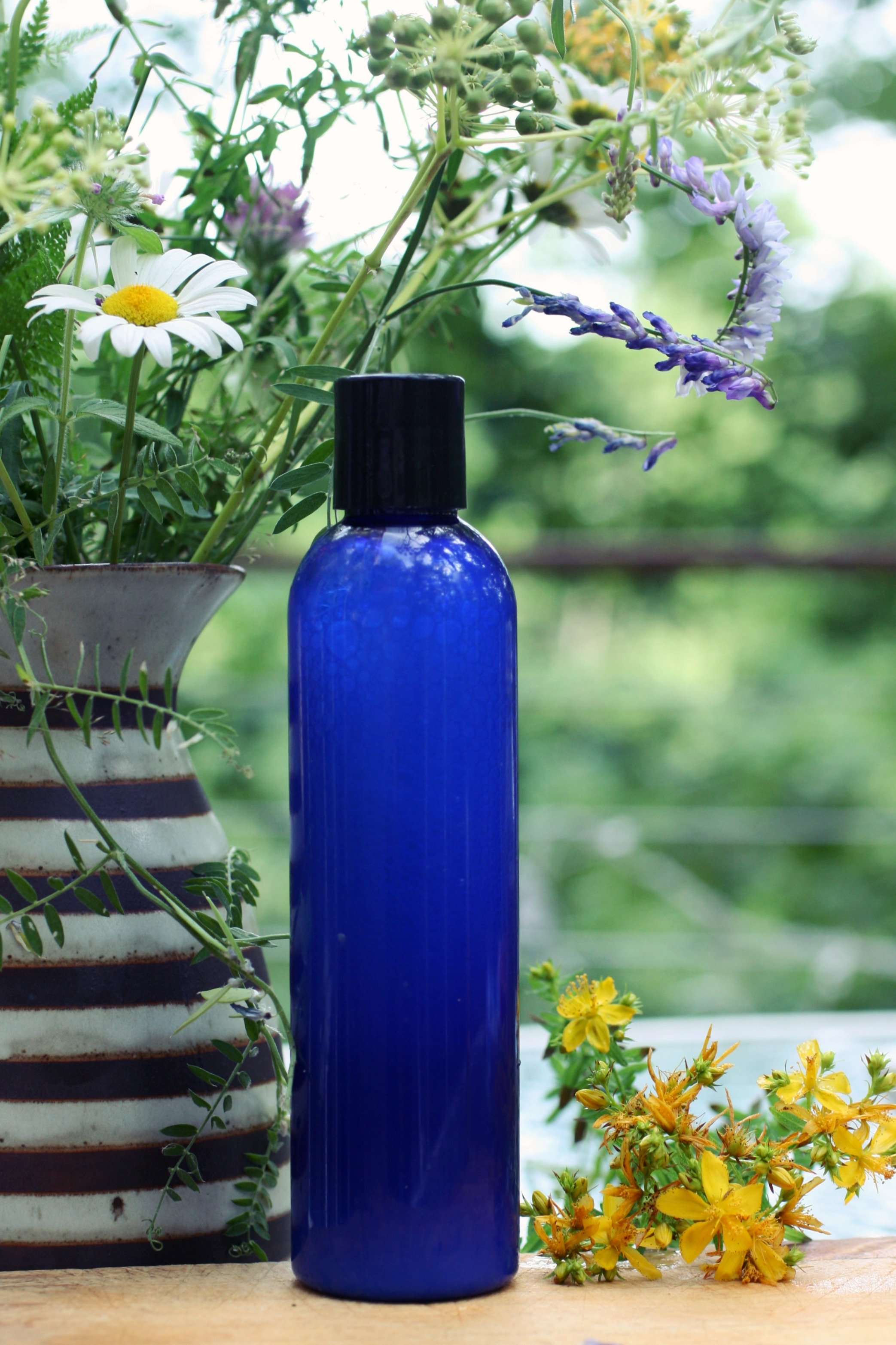When is the last time you took a full breath of rich, fresh air? There is something about pristine, crisp air that is completely unforgettable: the way it feels on your skin, the energy it brings to your lungs, and the vitality it contributes to the moment. It’s something that a lot of us don’t experience all too often. Yet, while we usually think of dirty air as the dense smog that settles over cities or the puffs of black exhaust that come spewing from cars, there is a source of pollution that is even more concerning: the air in your house. Did you know that the air in the average home is 4-5 (even up to 10) times more polluted than the air outside? Learn why your house might be making you sick, and what you can do about it.

Indoor Air Pollution: Why is it a problem?
Have you ever been in a building that immediately makes your eyes watery, throat scratchy or skin dry? It’s not your imagination or a consequential manifestation of your desires to be “allergic to work”- these are in fact very real symptoms of sick building syndrome, a common phenomenon created from pollutants in an indoor space. During the mid-1970s oil embargoes, architects and contractors scrambled to create “tight” buildings to conserve on energy expenditures. While this was an effective means at conservation, it also resulted in the creation of many poorly ventilated homes and buildings where toxins quickly accumulate in the stagnant air. Thus, contrary to what many of us have been told, a draftier house is in a lot of ways a healthier house. While new technologies work to combine energy efficiency with adequate ventilation and non-toxic building materials, such architectural shifts are slow and can be expensive to incorporate in an already sagging real estate market. However, with most of us spending about 90% of our time indoors at stuffy schools and offices, in sweaty gyms or relaxing in our homes, this issue is not really something that can wait. According to the Environmental Protection Agency (EPA), poor indoor air quality has been linked to a multitude of conditions, including:
- Eye, nose, throat and skin irritation
- Respiratory tract infections: bronchitis, pneumonia, ear infections
- Increased severity and frequency of asthma episodes
- Dizziness, fatigue and lethargy
- Digestive problems
- Damage to liver, kidneys and central nervous system
- Chronic health conditions including heart disease, cancer and infertility
Below you will find a table of some of the most common air pollutants and their surprisingly common sources.
Pollutant |
Sources |
|
Asbestos |
Deteriorating, damaged, disturbed insulation, fireproofing, acoustical materials, floor tiles |
|
Biologicals (Pollen, Fungi, Dust Mites, Airborne bacteria/viruses) |
Wet or moist walls, ceilings, carpets, bedding, household pets, poorly maintained humidifiers/air conditioners |
|
Formaldehyde |
Pressed wood products (plywood paneling, particleboard etc): furniture, decking, playground equipment; durable press textiles, glues, insulation |
|
Lead |
Lead-based paint, contaminated soil, dust and drinking water |
|
Pesticides |
Products to kill outdoor pests, garden and lawn chemicals |
|
Phthalates (plasticizers) |
Vinyl flooring, food packaging, shower curtains, adhesives, detergents, PVC pipe |
|
Radon |
Earth and rock beneath home, well water, building materials such as granite |
|
Respirable Particles |
Cigarette, pipe and cigar smoke, wood stoves, fireplaces and kerosene heaters |
|
Volatile Organic Compounds (VOCs) |
Household products: paints, paint strippers, wood preservatives, aerosol sprays, cleaners/disinfectants, air fresheners, stored fuels and auto products, hobby supplies, dry-cleaned clothing |
What can you do about it?
Looking at this information can be alarming, warranting the question: well, what can we do about this situation? Unfortunately, because of the wide array of toxins contributing to indoor air pollution, it is difficult to point to a universal “quick-fix” that will miraculously solve the problem. Purifying air requires a dynamic, multi-faceted approach that is unique to each household. But, before becoming overwhelmed and discouraged, be empowered to know that there are many simple and effective steps you can take to greatly reduce the toxic load in your home:
1. Increase ventilation in your home

Open a couple of windows each day for 5-10 minutes. Selecting windows on opposite sides of the your living space is ideal to increase the air flow with cross-ventilation. Also, use exhaust fans in vulnerable areas such as the kitchen and bathroom.
2. Find a high quality air purifier
Experts say this is truly one of the most important things you can do for better air quality in your home because realistically, no matter how meticulous and diligent you are, it is impossible to completely control toxins and pollution. After extensive research, we recommend Austin Air Purifiers,as no other set of of personal air purifiers comes close to the level of performance that we have seen. At the heart of the cleaning process is the #1 ranked filter in the world as determined by a number of consumer and commercial tests. All nine models remove 99.97% of all airborne contaminants larger than 0.3 microns, while eliminating over 3000 toxic gases and odors. Be sure to find the purifier that is best for you.
3. Use non-toxic cleaning and personal care products
Avoid commercially fragranced items like air fresheners and scented candles. Discard any unwanted chemicals or old containers promptly and safely. Get ahead of a mess by taking your shoes off at the door and freshening up regularly with some all natural cleaning products made from things like citrus, baking soda and vinegar.This will help minimize the risk of mold, pest and odor problems. Shop for the best in personal care, or make your own products at home!
4. Avoid carpeting and heavy drapes if possible

Heavy fabrics tend to trap moisture and collect irritating allergens. Many have also been treated with harsh chemicals that contribute to hazardous off-gassing.
5. Get some houseplants

Not only are they soothing to look at, but NASA studies have found that plants significantly improve air indoor quality. Some of the most effective detoxifying houseplants include: Ivy, African Violets, Christmas Cactus and Peace Lily. How many do you need? Scientists recommend 15-18 good sized plants for a 1,800 square foot space.
6. Keep your body healthy & happy!

You have an exquisitely designed innate detoxifying system that is meant to protect you from a certain amount of environmental invaders. Although it can only do so much, keeping your immune system strong is essential to your safety. Eat a diet rich in nutrient dense foods, supplement with superfoods, exercise regularly, reconnect with the earth and drink plenty of purified water.
Additional Resources:
Sick Building Syndrome the Daily Green
Indoor Air Quality Division of the EPA
Inside Story: A Guide to Indoor Air Quality
Photos: Open Window, Houseplants by Chiot's Run/ Carpet by Flooring Barnaby Courtesy Flickr


